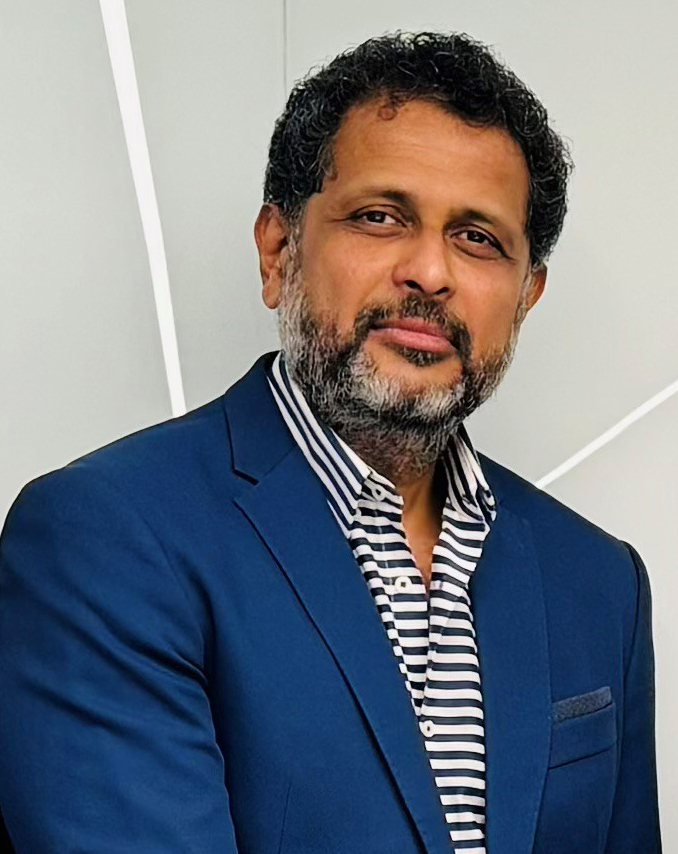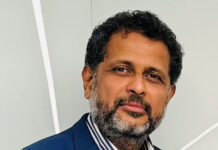The banking sector in the Middle East and Africa (MEA) is at a pivotal moment, facing an accelerated pace of change that presents opportunities and challenges. As banks gear up to adopt next-generation technologies and business strategies, the success of these initiatives hinges on the strength and adaptability of their core technology platforms.
New and Existing Players in the Banking Ecosystem Need a Next-Gen Core to Make a Difference
The banking ecosystem in the MEA region continues to evolve with new industries and players steadily making inroads. As incumbent banks adopt innovative business models, composable capabilities and sustainable practices, their legacy systems are not just insufficient—they’re one of the biggest obstacles to future success.
Banks need a contemporary technology platform which empowers them to evolve and fine-tune various components at varying speeds, providing the essential agility, flexibility and resilience to excel and be future-ready. Such a platform fosters collaboration within the ecosystem, which is crucial for thriving in today’s dynamic landscape.
Key Trends Shaping the Region:
- Fintechs Making Further Inroads: According to McKinsey, MENAP fintech revenue could nearly triple from $1.5 billion in 2022 to $3.5-$4.5 billion by 2025, boosting fintech’s share of financial services revenue from less than 1% to 2-2.5%.
- Blurring Lines Between Industries: Telecom, e-commerce giants and players from other industries continue to embed financial services into their platforms by partnering with banks. They are gradually building credibility with central banks to secure banking licenses. This trend extends into the corporate banking segment, where modern digital banks are seamlessly integrating services such as cash management, supply chain finance and more, directly into primary corporate journeys.
- Growth via PSB/PSP Licenses: Incumbent Tier 1 and Tier 2 banks are increasingly adopting new entities with PSB/PSP licenses to drive growth across multiple geographies.
- Emergence of Payment Service Providers: Banks are setting up local Payment Service Providers or their own Payment Hubs to ensure faster compliance with evolving payment rails.
The Drivers for Core Transformation Remain Pertinent
The MEA region continues to witness rapid digital adoption, driven by initiatives like Saudi Arabia’s Vision 2030 and the UAE’s Digital Economy Strategy. This is putting pressure on banks to modernise their systems to meet the growing scale of digital transactions. At the same time, resilience has become critical in the wake of recent security breaches. While AI and cloud integration present opportunities, data utilisation remains a significant challenge.
Next-gen core systems provide the infrastructure necessary to navigate these complexities.
To succeed in this evolving landscape, banks need a platform that is not only resilient and scalable but also agile enough to co-create tailored products with ecosystem partners. Such platforms must support real-time processing, BIAN-compliant open APIs and an event-driven architecture, enabling banks to adapt quickly and efficiently to the ever-changing industry demands. Further, the platforms should be cloud-native and cloud-agnostic, capable of being deployed on private, public or hybrid clouds including AWS, MS Azure, Google, Oracle, IBM and more. They should also seamlessly integrate a wide range of embedded AI use cases into business workflows across various user journeys.
Clarifying Market Confusion: Core Banking Systems Explained
As banks look in the market for the right core, they are confronted with various terms like coreless core, composable core, thin core and Gen 4 core. Understanding the nuances and differences is crucial for banks looking to modernise their core systems.
- Coreless Core: A system with no central core, relying on loosely coupled modular components. This allows for independent updates, fostering faster innovation and reducing reliance on legacy systems.
- Composable Core: A flexible, modular system where components can be added, removed or replaced without disrupting the entire system, enabling rapid adaptation and customisation.
- Thin Core: A lightweight core system that handles essential operations, with additional services provided by external applications.
- Gen 4 Core: The next generation of core banking systems, leveraging cloud-native technologies, microservices and APIs to offer unprecedented scalability and integration capabilities.
While each of these core types has its strengths, the key is investing in a platform that can scale and adapt as the bank’s business grows.
The Solution: Build Your Own Next-Gen Core Platform
Given the unique strategies and requirements of each financial institution, a one-size-fits-all approach won’t work. Both new and incumbent banks need to be empowered to build next-generation cores tailored to their needs. Fortunately, core solutions in the market are evolving to support this journey.
When evaluating core systems, banks should focus on the following architectural principles:
- Cloud-Native and Cloud-Neutral: Flexibility to deploy on public, private or hybrid clouds.
- Proven Scalability: Ability to handle growing volumes from both organic and inorganic growth.
- Product-as-a-Configuration: Facilitates rapid development, rollout and personalisation at scale.
- API- and Events-Driven: Supports ecosystem innovation and emerging business models.
- Component-Based: Enables progressive modernisation.
- End-to-End DevOps Pipeline: Accelerates new developments.
- Robust Security: Ensures protection across all layers of the platform.
- Modern Data Architecture: Optimises AI utilisation.
- Multi-Capability Support: Handles global projects with multi-channel, multi-tenancy, multi-currency, multilingual and multi-time zone features.
Here we look at the case of some of the innovative players in the market.
Zand Bank, UAE’s first AI-powered digital bank, embraces a distinctive approach to corporate banking, offering innovative products and services to support businesses at every stage. Leveraging Finacle’s cloud-native solutions on Microsoft Azure, Zand accelerates innovation with modular suites and extensive Open APIs, positioning itself as a leader in the evolving digital finance landscape. Michael Chan, Chief Executive Officer of Zand, said, “This strategic move to partner with Infosys Finacle empowers us to fortify our position at the forefront of innovation, enabling seamless deployment of digital assets, AI and blockchain technologies.”
Zenpay Limited, a fintech subsidiary of Zenith Bank Plc., is leading digital innovation and payments with Infosys Finacle. Using Finacle’s solution, Zenpay is offering a scalable Payment Service Bank to provide wallet services aimed at the unbanked population in Nigeria and Ghana. The initiative will gradually expand to Gambia and Sierra Leone in phase two, with plans to reach North Africa in phase three. This collaboration aligns with Zenith Bank’s vision of delivering seamless and contactless experiences across every customer touchpoint, driving the future of banking through digital transformation.
A leading Indian bank harnesses the power of Finacle’s Next-Gen Now platform to process over a billion API calls every day. On peak days, Finacle processes over 150 million API calls on a single client, more than 50% of which originate on ecosystem interfaces.
Choosing the Right Technology Partner
Selecting the right technology partner is crucial in this journey. Banks should consider factors like functional richness, market-specific experience, long-term viability, customer references, operational performance, partner ecosystem flexibility and total cost of ownership, including the use of open-source components and economical maintenance options.
Conclusion
As the MEA banking sector continues to evolve, it’s essential for banks to cut through the noise and evaluate core banking solutions based on their specific needs. By embracing a Next-Gen Platform that gives the flexibility to pick and choose the right components to scale your ecosystems, you can ensure immediate and long-term success.











